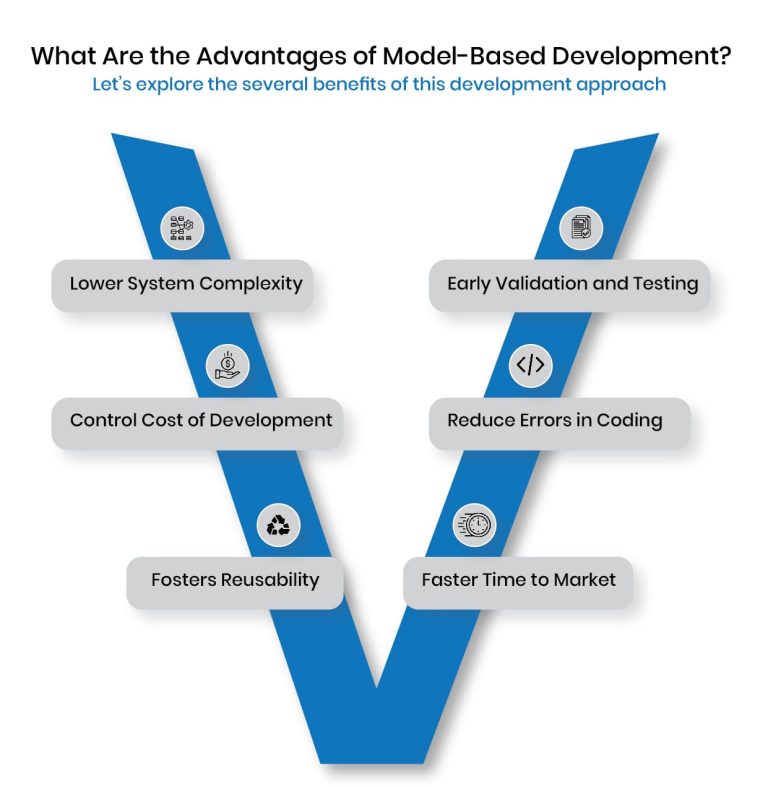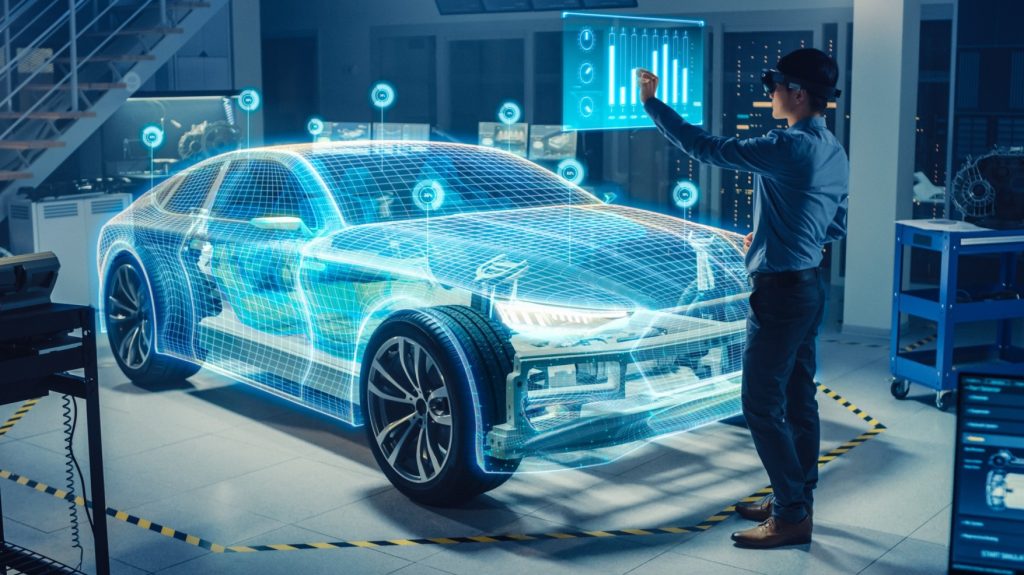What Is Model-Based Development in Automotive?
Automobiles have evolved tremendously over the past decade. Today most vehicles, especially cars, are rated more for their digital prowess rather than their engine power.
For consumers, their automobile today is yet another part of their connected smart ecosystem, which includes smartphones, smart home devices, wearables, etc. This is precisely the reason why an average car has more computers or chips on board than a supercomputer in the 90s.
The connected car market globally is expected to be worth over USD 191.83 billion by 2028. While this is good news on the consumer side, the same is not true for people working behind the scenes to fulfill these digital aspirations of consumers. These include researchers, engineers, developers, product designers, verification, and validation specialists, etc.
Automotive software development is an integrated exercise that is connected to both software and hardware components in the vehicle. As complexity increases to meet the digital needs of consumers, traditional development approaches do not work well in yielding faster and more reliable software. This is why model-based development is now the gold standard for automotive technology development.

What Is Model-Based Development in Automotive?
In simple terms, the model-based development approach allows engineers to design, build and validate the software code in a fully virtual environment before deploying or integrating it with the live hardware components. In essence, it is an advanced level of development leveraging simulation.
Historically, simulation approaches had the challenge of the ownership of experimental data. It was the simulation team that had access to and knowledge about test data in experimental simulation. They may or may not be in alignment with real-world conditions, which could only be tested in physical deployments. With model-based system engineering (MBSE), both simulation and physical engineering are coupled from a data perspective to ensure that all stakeholders get knowledgeable insights into actual performance data without the code running on live hardware. In other words, the model captures the exact workflow in which a component should run with a hardware-software integration, and this workflow-centric code is then sent for embedding in actual microprocessors to be used in vehicles.
What Are the Advantages of Model-Based Development?
Let’s explore the several benefits of this development approach
Lower System Complexity
With model-based development, engineers can virtually design the way components need to work to achieve the desired functionality. In other words, engineers can focus on the function to be developed rather than worry about complexities in hardware and software configurations and custom developments. New systems are engineered from a functional perspective from the early stages, thereby minimizing complexity right from the start.
Early Validation and Testing
In a model-based development approach, both software and hardware components are in the loop from the start of development and are tested for functionality and reliability. This early movement in testing helps to rectify bugs and erroneous workflows faster.
Control Cost of Development
With fewer iterations required, engineers can fix issues and complete development cycles easier. Also, defects and bugs are caught earlier in the development stage, resulting in reduced effort and, subsequently, lower cost.
Reduce Errors in Coding
In model-based development, code is automatically generated, thereby eliminating the chances of errors, provided engineers work with a reliable model. A higher quality code can help extract better performance and resilience from automotive systems, improving the customer experience significantly.
Fosters Reusability
Several design components and practices can be reused for multiple hardware components because they are built from a functionality point of view. As such, they easily interface with microcontrollers, integrated circuits, and display interfaces without having to undergo extensive customization. Additionally, test suites can also be reused for multiple product scenarios and feature development initiatives.
Faster Time to Market
With higher quality code and reusable components, model-based development results in the development and launching of features as well as new components faster, thereby helping brands win over the competition. This is a crucial factor in the automotive industry, considering that time to market is a critical success determinant. It translates to both higher revenues and an improved customer experience – not to mention the possibility of augmenting R&D efforts quickly and efficiently.
In a Nutshell
The success of modern automotive software development relies heavily on the ability of automakers to successfully validate digital experimentation and then engineer systems based on successfully modeled designs. This will help digitize development activities seamlessly and help automakers enjoy the above-mentioned benefits from the start itself.
However, a critical need in this regard is the ability to test and validate models and design models that are aligned with the expected outcomes of modern automotive systems. This is where an experienced automotive software testing partner like iASYS can be a game-changer. Get in touch with us to know more.



